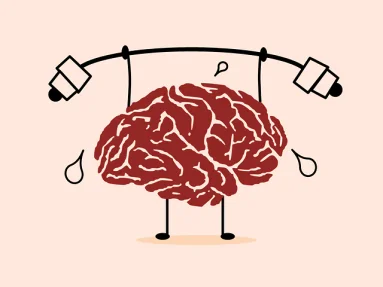how to naturally cure astigmatism?
:
A cornea without astigmatism has a perfectly round shape like the surface of a ball.
With astigmatism, the surface of the eye is shaped more like a football. It focuses light at two places on the back of the eye, and this causes blur.
With astigmatism, the lens of the eye or the cornea, which is the front surface of the eye, has an irregular curve.
This can change the way light passes, or refracts, to your retina. This causes blurry, fuzzy, or distorted vision.
Image Source: Britannica
Image Source: Astigmatism - Adelaide City Optometrist
Farsightedness and nearsightedness are two other types of problems with the way light passes to your retina.
Farsightedness is called hyperopia. Nearsightedness is called myopia.
Image Source: Differentiating Nearsightedness & Farsightedness | FEC North Arlington
This condition comes in two basic types:
- Corneal astigmatism, which occurs when your cornea has an irregular shape.
- Lenticular astigmatism, when the lens in your eye has an irregular shape.
Astigmatism could be prevalent at birth or could be a result of trauma, congenital conditions or eye surgery.
The condition can be very annoying as it makes a simple task like reading a book complicated.
However, there are natural ways to treat astigmatism and one of them is eye exercises.
1.Eye Massage
This exercise restores the shape of the cornea. The exercise should be done in the following steps:
- Close your eyes and then place two fingers on each of your eyelids.
- By applying gentle pressure, slowly move your fingers in a circular motion from top to bottom and from right to left.
- Move your fingers clockwise as well as anti-clockwise.
- Repeat it for 10–15 times, 2 to 4 times a day.
2.Eye Yoga
This exercise strengthens eye muscles, sharpens focus and improves vision. The exercise should be done in the following steps:
- Keep your posture straight. Stand, sit in the chair or on the floor.
- Close your eyes, breathe while concentrating on your eyes.
- Slowly start moving your eyeballs from side to side.
- Do this exercise several times a day.
3. Reading
This exercise helps to release the strain and pressure caused by astigmatism, and must be done 2 to 4 times a day.
The exercise should be done in the following steps:
- Pull out a book.
- Place an object next to it. After reading a paragraph from the book, focus on the object.
- Continue doing this until your eyes start to feel tired.
4.Figure 8
This exercise helps your eyes regain their strength and become more flexible. The exercise should be done in the following steps:
- Look at a distance of 10 feet from your eyes.
- Imagine the number 8.
- Move your eyes along the figure for 2 minutes.
- Do the same in reverse for 2 minutes.
5.Eye Glasses & Contact Lenses
Although many patients today prefer to wear contact lenses over glasses, an astigmatism can be tricky to correct using contacts.
If you already wear glasses for another vision problem (such as nearsightedness or farsightedness) then ideally your lenses also will be corrected for your astigmatism.
Sometimes it takes some trial and error using different prescription glasses or contact lenses; not every patient reacts well at first to contact lenses or even glasses for astigmatism.
A special type of soft contact lens called soft torics is most often used to treat astigmatism symptoms.
In the past only rigid contact lenses (RGPs, also called GP lenses) were used; however, newer toric lenses usually feel more comfortable.
However, toric lenses may be appropriate for people with mild-to-moderate cases, but not severe astigmatism.
For severe cases, rigid contacts or glasses may be the best long-term option.
Astigmatism lenses can be thick and uncomfortable in some cases.
The eye doctor will choose a contact lens for the patient that balances the ideal correction level with what the patient can stand.
There is no official prescription for a certain degree of astigmatism, so it’s really up to the eye specialist to decide which type of lenses will be best.
See a doctor if your eyesight changes, or if you have headaches you think are tied to your vision.
Prompt doctor’s visits are important.
If your astigmatism gets worse quickly, you may be experiencing the start of a more serious eye disease.
This can include keratoconus, when the center of the cornea thins and develops a cone-shaped bulge.
It’s also best to rule out another problem like age-related macular degeneration, glaucoma, cataracts, scarring or neuropathy.











